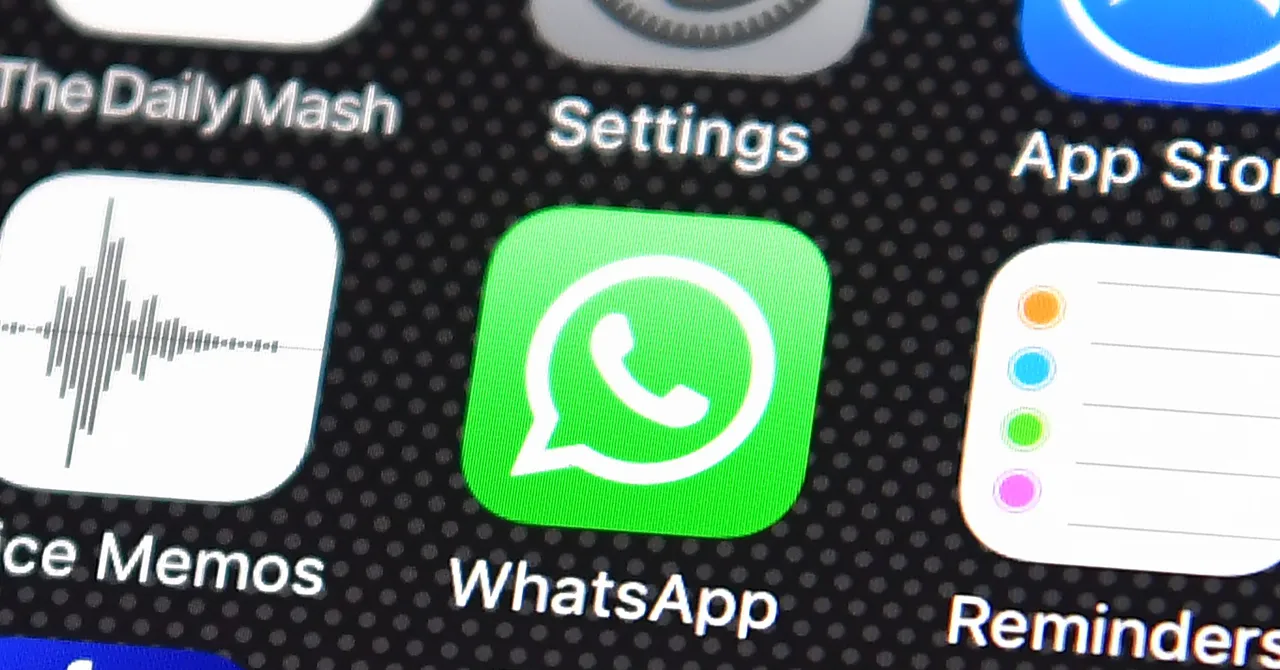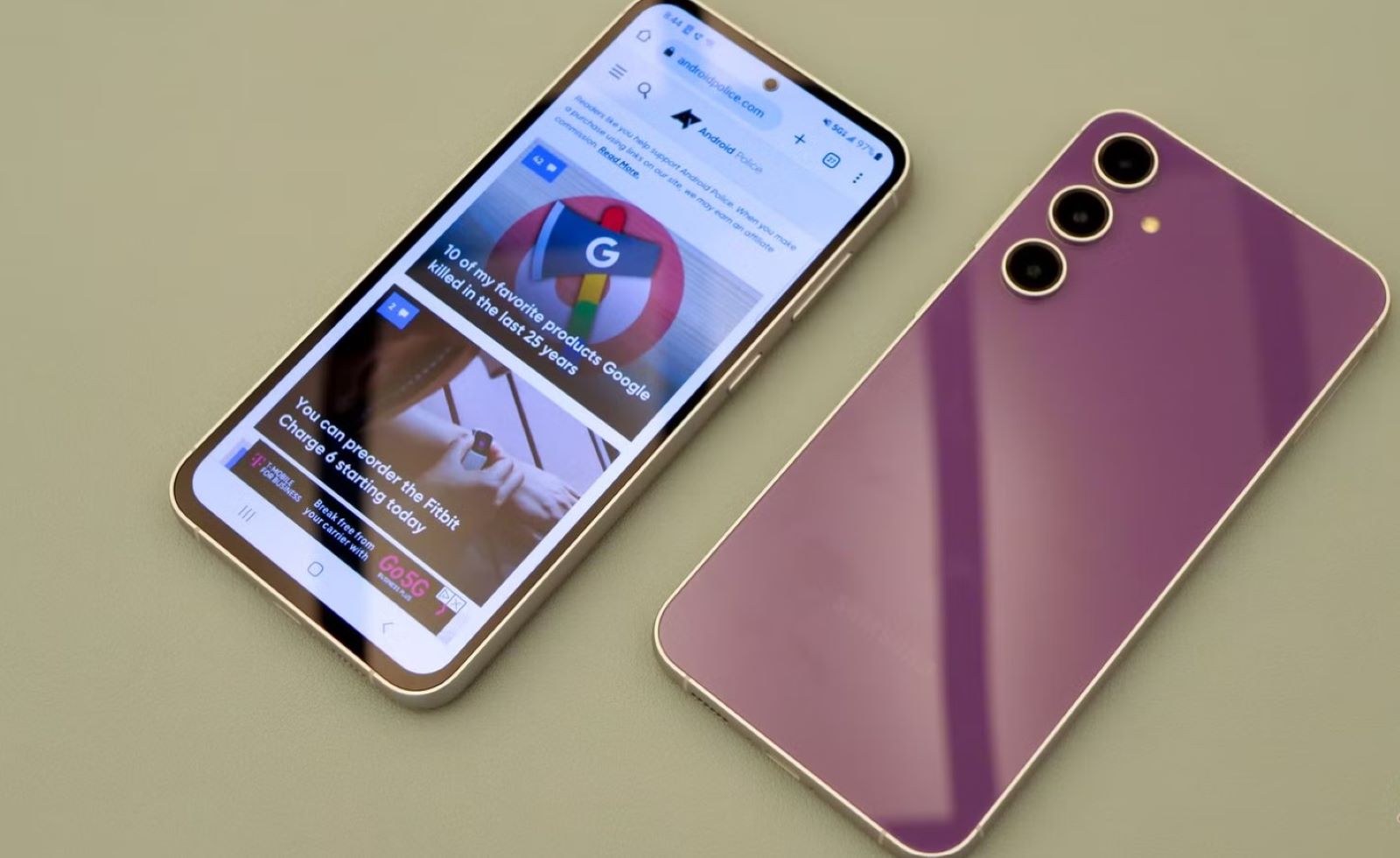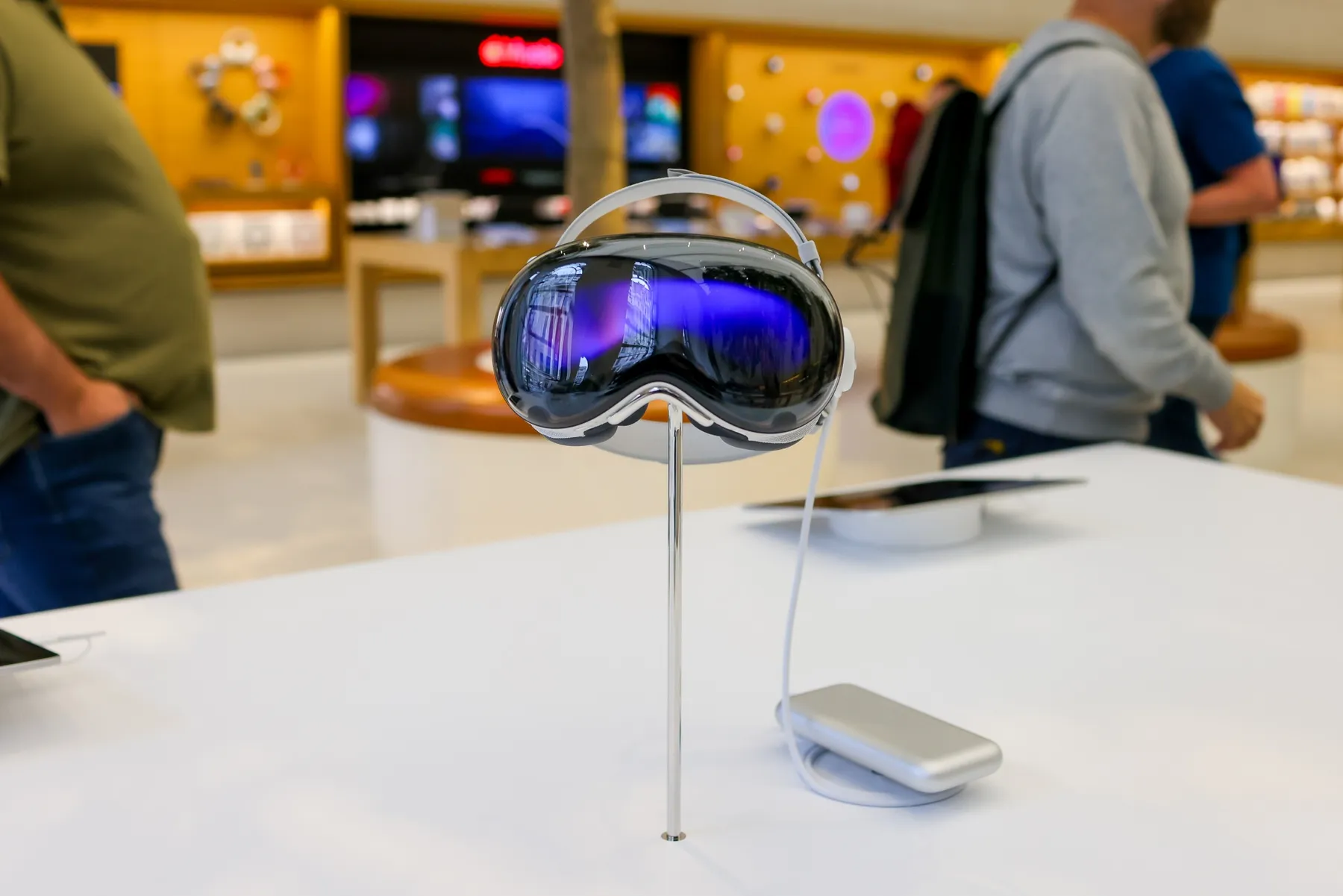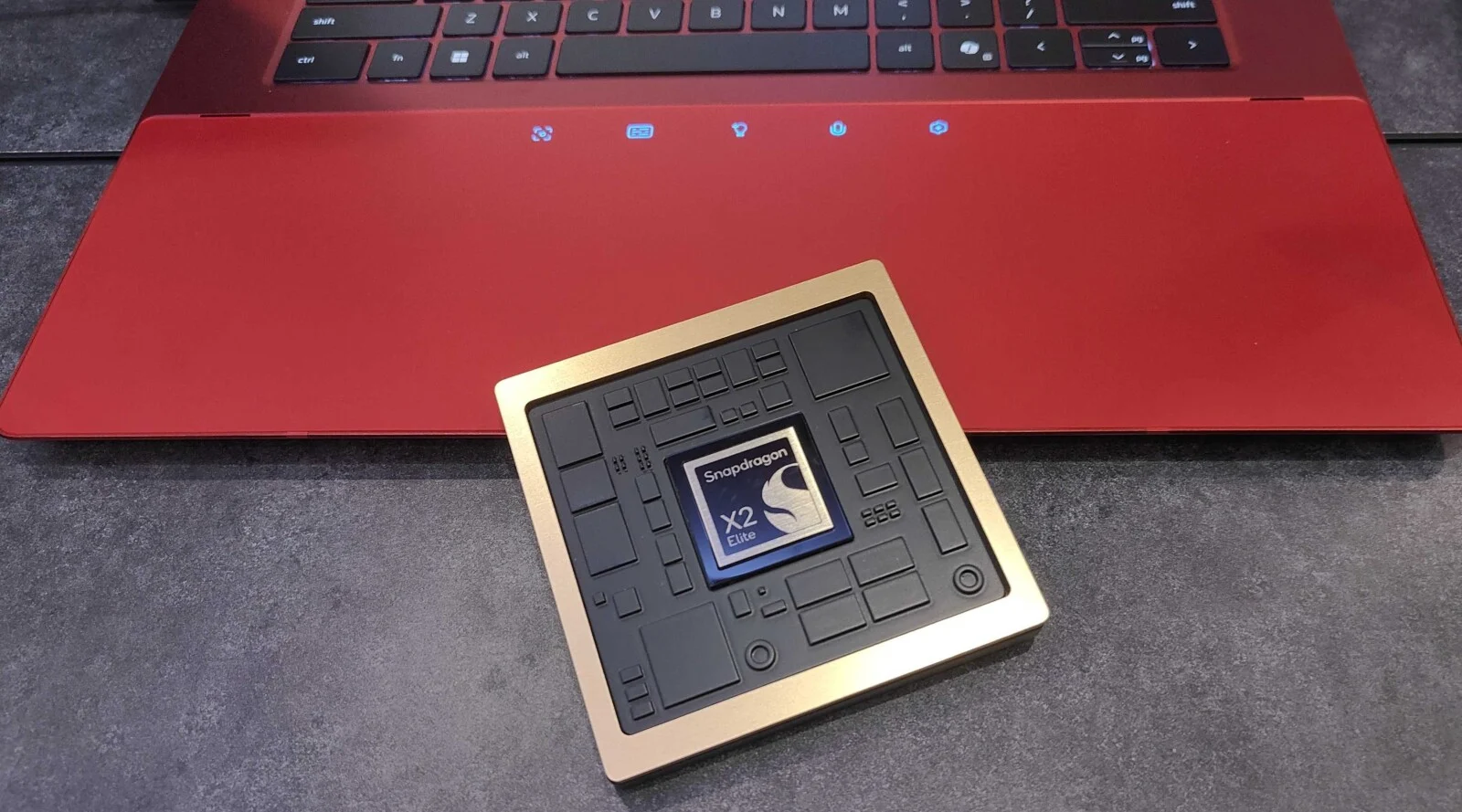TSA approved locks are getting picked by no other, but a 3D printed clone/master key made out of just by using its photograph. In just a few minutes, hackers can easily print your key down and unlock that bag acting as a shield in between you and the bad guys. A GitHub repository now holds code to reproduce the images and convert them into a physical key using the CAD, or Computer Aided Design.
Often you put your keys and smartphone in public places such as bar table, from there anyone, with an aim to harm you, can steal your valuable belongings and cause damage to you. These hackers tried to reproduce the keys whose images were leaked by the Washington Post.
This is apparently one of the serious issues, like any unknown person using such locks and whose key’s pictures have already leaked can allow any malicious person to unlock the baggage or wherever the lock is being used. 3D printing is a technology known to almost everybody involved with technology, and anyone with a good background can use it.
Apparently, the GitHub repository, 3D Printer and a little bit of Google search can help anyone print down the keys and unlock the locks. Most of the security experts already tried printing the lock, while some got success others have to manage the scale in the CAD to obtain a perfect design for the TSA lock.
Loopholes appear almost everywhere. The TSA should work on the way lock mechanism works and update their photography policy so as to avoid such incidents. The problem with a hardware flaw is that it is costly and cannot be fixed like the software bugs. Unlike hardware flaws, software bugs only require an update from the server, and everything is done.
This reminds us of a non-technical method requiring first to take the key’s imprints on a bar of soap then by regenerating the key based on a frame based the imprints. Almost the same is when we are creating the 3D printed keys.
This is not only limited to the TSA locks, but also to other locks as well. A majority of locks in the America are vulnerable to the bump key attacks, where a key with teeth of the same sizes is placed in the keyhole and rotated with a bump using hammer or something similar.
There had been cases in the past when hackers printed down the keys to doors and what not.








Add Comment